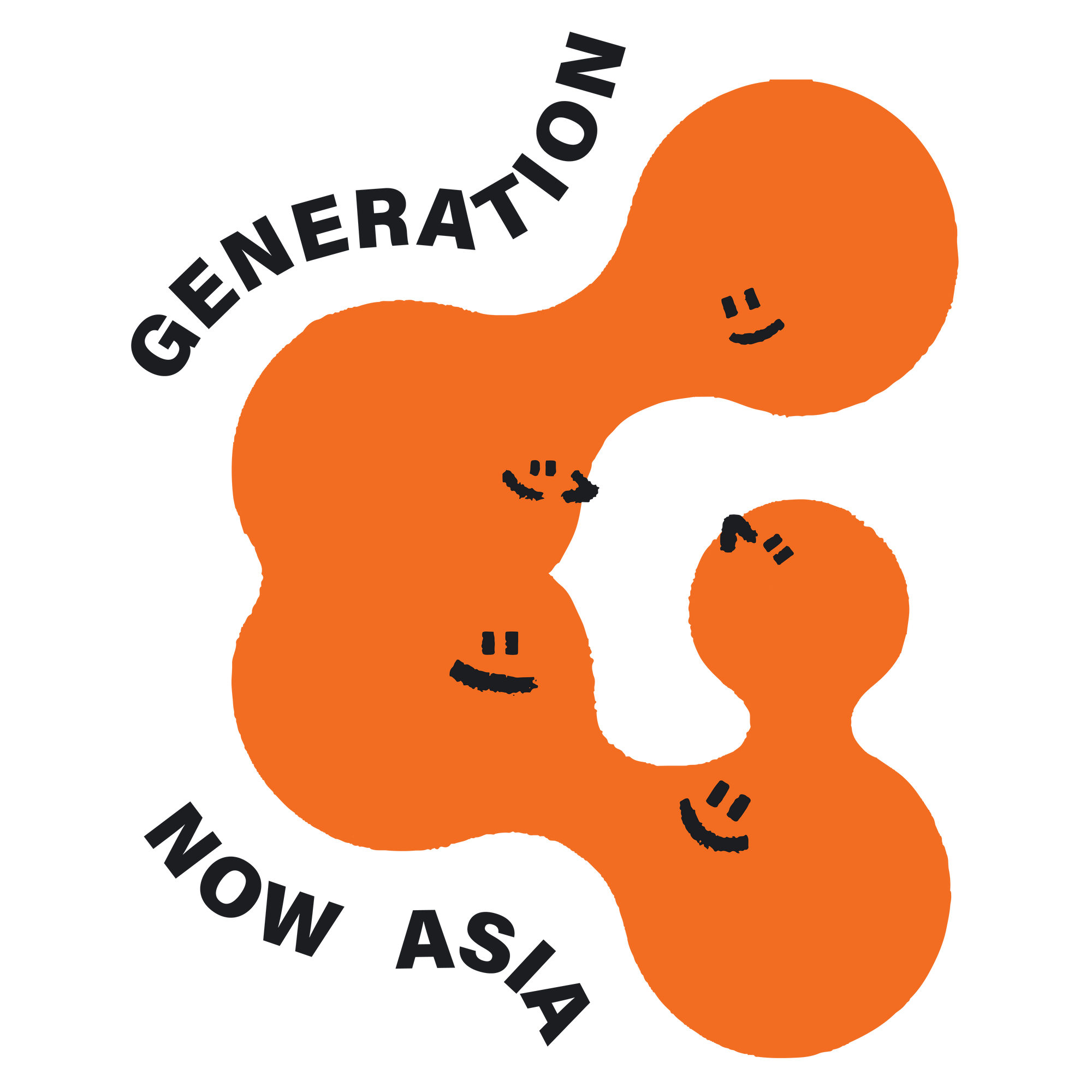講座筆記【GNA 青年培力營計畫:第 2 天 問題分析】 Notes from GNA Youth Capacity Building Program: Day 2 Analysing the problem

On the second day of GNA’s Youth Capacity Building Program, our workshops centred on enhancing capacity through targeted exercises aimed at empowering the participants to strategize their campaigns.
A pivotal aspect of planning their campaigns involved delving deeper into the issues chosen by the groups. By gaining a comprehensive understanding of the problem, they could then initiate the process of devising solutions and crafting strategies to drive the desired change.
To achieve this, we used Problem Tree Analysis, a highly effective method for visually mapping out the causes and effects of an issue. This approach allowed the groups to unravel the interconnected web of circumstances contributing to the current situation, thereby facilitating a clearer comprehension of the issue's complexities.
Armed with pens, papers, and an enthusiastic spirit, the participants were first tasked in their groups to draw a tree. This simple, yet interactive exercise encouraged creativity, teamwork and artistic expression into the learning process. Through the act of drawing a tree, participants intertwined ideas, shared perspectives, and visually represented their team's tree while also serving as a catalyst for team bonding and a sense of camaraderie among the participants.




Why Problem Tree Analysis?
When you look at a tree, you usually see the whole thing without focusing on its individual parts. Just like that, when you're given a problem to solve, you might see the overall situation without really digging into what's causing it. But if you take the time to understand the root of the problem and how it affects everything else, you'll be better equipped to define the problems and come up with solutions that make a real difference.
Problem Tree Analysis is like creating a map that shows why things happen and what comes from those reasons. By using a tree as a symbol: you can figure out the reasons (roots = causes) for a main issue (trunk = problem) and see what that may lead to (branches = consequences/symptoms).
By using Problem Tree Analysis it helped the teams identify their concerns, distinguish between the causes and symptoms, and reframe their problem statement to understand what part of the issue they wanted to focus on.
Here are what the groups Problem Tree’s came out like:
Green Group
Problem: Unable to afford studying chinese courses
Cause: language barriers, financial statement, lack of counselling opportunities, lack of cultural appropriate mental health
Effects / Consequence: social isolation, drop out rates, financial problems, conflicts with taiwanese people, lack of job/internship opportunities, mental health problems, unable to finish studies

Orange Group
Problem: Traditional media does not present Southeast Asian migrant workers in a good light / taiwanese elderly cannot easily access content
Cause: taiwan is a mono-racial country, white supremacy, lack of proper education, not many media working on this issue, few organisations working on this issue, agenda setting, media earning from advertisements, government controls the media, the elite control the media (they don’t want to sympathise with migrant workers), freedom of expression
Effects / Consequences: discrimination, marginalized, lack of broader understanding, salary inequality,
Purple Group
Problem statement: Taiwan and Southeast Asian countries still keep their authoritarianism symbols
Cause: US support, Political leadership, Historical legacies, Lack of institutional change and transitional justice, Economic stability over democratic valuesEffects / Consequences: trauma (individual and social), waste of resources (time, money, human), potential threats to democratic system, people still believe in dictator, questioning of identity/historical legacy, divided people,
Blue Group
Problem statement: Lack of opportunities for second generation Southeast Asian youth in the countryside to join extra-curricular activities
Cause: absent parents, language barrier for parents (hard to find information), lack of learning environment, lack of teachers/volunteers/equipment in the countryside, no transportation, family problems, financial problems
Effects / Consequences: no self-confidence, no additional skills/talent, limited career aspiration,
Here’s what one participant, Box from Taiwan, presented for Blue team:
“We are concerned about the derivative issues related to the curriculum. Currently, according to the curriculum, students are required to participate in various activities, volunteer work, and document their learning experiences for the sake of advancing to higher education. We aim to establish a platform and organize events to eliminate these invisible requirements. For instance, providing information or knowledge related to participating in activities may not be accessible for students from disadvantaged backgrounds or those with poor family situations. We hope to enable these students to explore career opportunities in university. Our team has observed that the most popular topic at university career centers is career exploration. This indicates that Taiwanese students generally lack a clear goal or ideal for their future and are often lost. Therefore, we aim to assist students in meeting the requirements from high school to university and help them find directions for their careers or vocations during this educational journey.”
By completing the Problem Tree Analysis exercise the participants were provided with a clear and visual representation of their group's problem and its underlying causes. Seeing the issue laid out visually helped the groups understand the complexity of the problem, while also allowing them to see what aspect they wanted to focus on for their campaign. This exercise acted as a great way for the groups to build a shared sense of understanding, purpose and action, preparing them for the next steps of strategizing their campaign.
在 GNA 青年能力建設計劃的第二天,我們的工作坊以透過有針對性的練習提高能力為中心,旨在增強參與者制定運動策略的能力。
規劃活動的一個重要面向是深入研究各小組選擇的問題。 透過對問題的全面了解,他們可以啟動設計解決方案和製定策略的進程,以推動所期望的變革。
為了實現這一目標,我們使用了問題樹分析,這是一種高效的方法,可以直觀地繪製出問題的原因和影響。 這種方法使各小組能夠解開導致當前局勢的相互關聯的環境網絡,從而有助於更清楚地理解問題的複雜性為此,我們採用了問題樹分析法,這是一種非常有效的方法,可以直觀地描繪出問題的原因和影響。 透過這種方法,各小組可以揭開造成當前狀況的各種相互關聯的情況,從而更清楚地了解問題的複雜性。
學員們帶著筆、紙和滿腔熱情,首先以小組為單位完成了畫一棵樹的任務。 這個簡單而互動的練習鼓勵了學習過程中的創造力、團隊精神和藝術表現。 透過畫樹,學員們交織了各種想法,分享了各種觀點,直觀地表現了自己小組的樹,同時也促進了團隊的凝聚力和學員之間的友誼。
每個小組如何創作自己的樹,畫樹這樣看似基本的任務如何展現不同的詮釋,如何揭示每個小組在視覺表現方法上的深思熟慮,這些都令人著迷。
每個小組的樹都有獨特的元素,從選擇他們喜歡的動物、裝飾樹的水果到描繪樹是生機勃勃、健康茁壯還是在不利(問題)條件下掙扎的小細節。
畫好樹後,各小組就可以開始思考他們希望活動關注的問題,也就是根本問題是什麼。
為什麼要進行問題樹分析?
當你觀察一棵樹時,你通常會看到它的整體,而不會去注意它的各個部分。 就像這樣,當你需要解決一個問題時,你可能只看到了整體情況,而沒有真正深入研究問題的原因。 但是,如果你花時間去了解問題的根源以及它是如何影響其他一切的,你就能更好地界定問題,並提出真正有所作為的解決方案。
問題樹分析法就像在繪製一張地圖,顯示事情發生的原因以及這些原因的結果。 透過使用樹作為符號:你可以找出主要問題(樹幹 = 問題)的原因(樹根 = 起因),並了解可能導致的結果(樹枝 = 後果/症狀)。
透過使用問題樹分析,它幫助團隊識別他們的擔憂,區分原因和症狀,並重新建立他們的問題陳述以了解他們想要專注於問題的哪一部分。
以下是問題樹組的結果:
綠色組
問題:無力負擔學習中文課程的費用
原因:語言障礙、財務報表、缺乏諮商機會、缺乏文化上適當的心理健康
影響/後果:社會孤立、輟學率、經濟問題、與台灣人的衝突、缺乏工作/實習機會、心理健康問題、無法完成學業
橘色組
問題:傳統媒體對東南亞外籍勞工的報導不夠正面/台灣老人無法輕易取得相關內容
原因:台灣是一個單一種族的國家,白人至上,缺乏適當的教育,沒有太多媒體關注這個問題,很少有組織關注這個問題,議程設置,媒體從廣告中賺錢,政府控制媒體,精英控制媒體( 他們不想同情外籍勞工),言論自由
影響/後果:歧視、邊緣化、缺乏更廣泛的理解、薪資不平等
紫色組
問題陳述:台灣和東南亞國家仍保留其威權主義象徵
原因:美國的支持、政治領導、歷史遺產、缺乏制度變革與轉型正義、經濟穩定高於民主價值觀
影響/後果:創傷(個人與社會)、資源浪費(時間、金錢、人力)、對民主制度的潛在威脅、人們仍然相信獨裁者、質疑身分/歷史遺產、分裂的人民、
藍色組
問題陳述: 農村地區的東南亞第二代青少年缺乏參與課外活動的機會
原因:父母不在身邊、父母語言障礙(難以找到資訊)、缺乏學習環境、農村缺乏教師/志工/設備、沒有交通工具、家庭問題、經濟問題
影響/後果:沒有自信心,沒有額外的技能/才能,職業抱負有限
盒子說: 「關注108課綱的衍生問題,目前依據課綱,學生需要參加各種活動、志工、加入自己的學習歷程,以便升學。我們想要成立一個平台、辦活動,消除這些隱形的需求,比如說提供家境不好或弱勢者無法提供上述參加活動相關的資訊或知識,我們希望讓這些學生能在大學去發展職涯探索。我們團隊發現,在大學裡的職涯中心,發現最大宗大家有興趣的主題,都是職涯探索,可見台灣大學生沒有一個對未來的準確目標和理想,多半還是迷惘的。因此我們希望從高中到大學滿足學制的要求,協助學生在高中大學可以找到生涯或職涯的方向。」
透過完成問題樹分析練習,參與者可以清楚、直觀地了解其小組的問題及其根本原因。 直觀地看到問題可以幫助各小組了解問題的複雜性,同時也讓他們了解他們想要在活動中專注於哪些方面。 這項練習為各團體建立了共同的理解、目的和行動意識,為下一步製定活動策略做好了準備。





